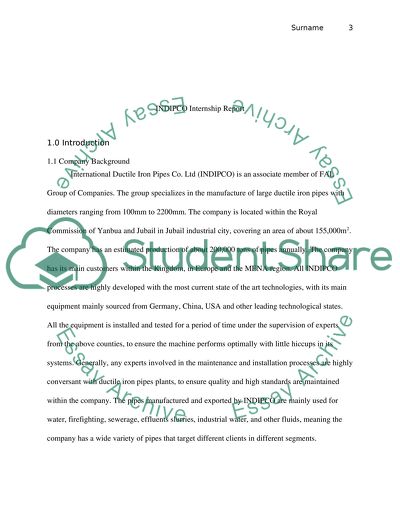Cite this document
(“International Ductile Iron Pipes Co. Ltd (INDIPCO) Essay”, n.d.)
Retrieved from https://studentshare.org/engineering-and-construction/1404111-factory-internship-report
Retrieved from https://studentshare.org/engineering-and-construction/1404111-factory-internship-report
(International Ductile Iron Pipes Co. Ltd (INDIPCO) Essay)
https://studentshare.org/engineering-and-construction/1404111-factory-internship-report.
https://studentshare.org/engineering-and-construction/1404111-factory-internship-report.
“International Ductile Iron Pipes Co. Ltd (INDIPCO) Essay”, n.d. https://studentshare.org/engineering-and-construction/1404111-factory-internship-report.


